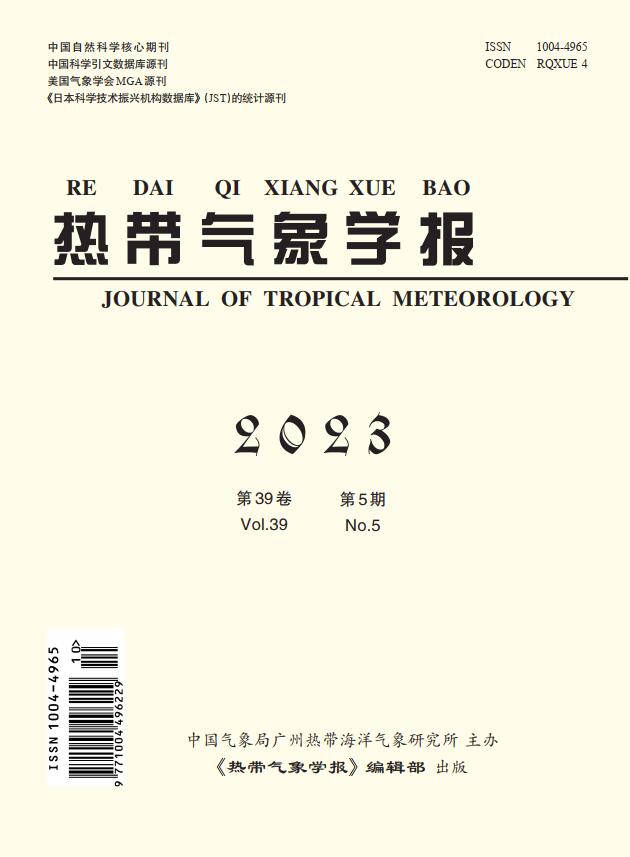南海北部阵风天气的自适应阵风及相关阵风因子模型
IF 1.4
4区 地球科学
Q4 METEOROLOGY & ATMOSPHERIC SCIENCES
引用次数: 0
摘要
:阵风是一种常见的环境危害,可损坏建筑物、桥梁、飞机和游轮,中断电力分配、空中交通、水路运输和港口作业。在数值模型中准确预测阵风峰值对于挽救生命和防止经济损失至关重要。本研究利用南海北部沿海和开阔海域(NSCS)的观测资料,研究了峰值阵风的气候学及其相关阵风因子(GFs)。分层气候学表明,峰值阵风和阵风系数随季节特别是天气类型而变化。根据阵风和平均风速(MWS)之间的反比关系,通过最小二乘法回归分析构建了各种阵风模型。通过 GF 模型,将 GF 乘以观测风速而不是预报风速,就可以得到峰值阵风风速(PGS)预报。因此,误差完全由 GF 模式的表示方法造成。根据分层风速测量系统的评估,采用天气适应性 GF 对 GF 模型进行了改进。然而,由于对极端阵风的数据表示不足,这些天气适应性 GF 模型在预测更强的 PGS 方面显示出负面偏差。对上述模型的评估为最大限度地提高 GF 模型的性能提供了启示。本研究进一步提出了常规运行中预测峰值阵风的分层流程。本文章由计算机程序翻译,如有差异,请以英文原文为准。
Adaptive Wind Gust and Associated Gust-factor Model for the Gust-producing Weather over the Northern South China Sea
: Wind gusts are common environmental hazards that can damage buildings, bridges, aircraft, and cruise ships and interrupt electric power distribution, air traffic, waterway transport and port operations. Accurately predicting peak wind gusts in numerical models is essential for saving lives and preventing economic losses. This study investigates the climatology of peak wind gusts and their associated gust factors (GFs) using observations in the coastal and open ocean of the northern South China Sea (NSCS), where severe gust-producing weather occurs throughout the year. The stratified climatology demonstrates that the peak wind gust and GF vary with seasons and particularly with weather types. Based on the inversely proportional relationship between the GF and mean wind speed (MWS), a variety of GF models are constructed through least squares regression analysis. Peak gust speed (PGS) forecasts are obtained through the GF models by multiplying the GFs by observed wind speeds rather than forecasted wind speeds. The errors are thus entirely due to the representation of the GF models. The GF models are improved with weather-adaptive GFs, as evaluated by the stratified MWS. Nevertheless, these weather-adaptive GF models show negative bias for predicting stronger PGSs due to insufficient data representation of the extreme wind gusts. The evaluation of the above models provides insight into maximizing the performance of GF models. This study further proposes a stratified process for forecasting peak wind gusts for routine operations.
求助全文
通过发布文献求助,成功后即可免费获取论文全文。
去求助
来源期刊

热带气象学报
METEOROLOGY & ATMOSPHERIC SCIENCES-
CiteScore
1.80
自引率
8.30%
发文量
2793
审稿时长
6-12 weeks
期刊介绍:
Information not localized
 求助内容:
求助内容: 应助结果提醒方式:
应助结果提醒方式:


